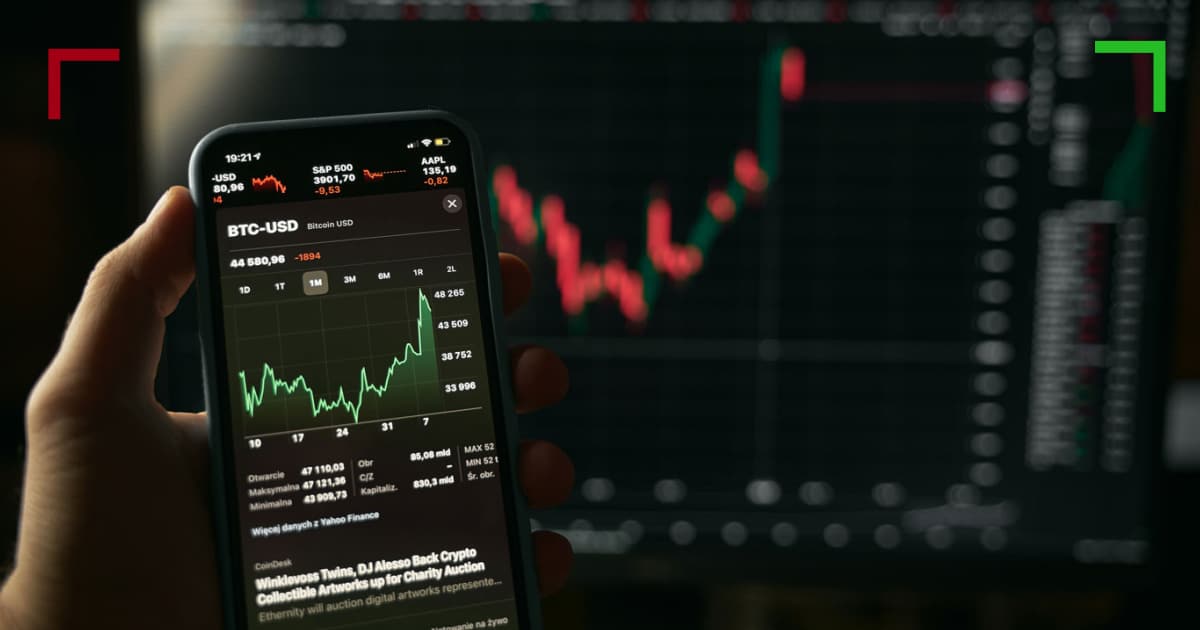
Mastering Trading Crypto Charts for Maximum Profits
In the fast-paced world of cryptocurrency trading, having a strong grasp of trading crypto charts is essential for any serious investor. Whether you are a novice looking to get started or an experienced trader aiming to enhance your skills, understanding chart patterns, indicators, and market sentiments can significantly improve your trading performance. This article will guide you through the basics of reading and analyzing trading crypto charts, as well as introduce you to some advanced techniques used by professional traders. If you’re ready to dive in, Trading Crypto Charts visit website and explore further.
Understanding the Basics of Trading Crypto Charts
Trading charts are graphical representations of a cryptocurrency’s price movements over a specific period. These can be daily, hourly, or even minute-to-minute charts. The most common types of charts include line charts, bar charts, and candlestick charts, each providing unique information to traders.
Line Charts
Line charts depict the closing prices of a cryptocurrency over time, connected by straight lines. They offer a simple view of the overall trend but lack detailed information about fluctuations in price.
Bar Charts
Bar charts display the open, high, low, and close (OHLC) prices for a specific cryptocurrency over a set period. Each bar represents the price range during that time frame, offering a more comprehensive look at market movements than line charts.
Candlestick Charts
Candlestick charts are among the most popular types of charts in cryptocurrency trading. Unlike line and bar charts, candlestick charts provide detailed information about price trends and reversal patterns. Each candlestick represents the opening, closing, high, and low prices within a specified period. Traders often use candlestick patterns to predict future price movements.
Key Components of Trading Crypto Charts
To effectively utilize trading charts, it is important to understand several key components.
Trends
A trend indicates the general direction in which the price is moving. Trends can be upward (bullish), downward (bearish), or sideways (neutral). Identifying the trend is crucial for making informed trading decisions.
Support and Resistance Levels
Support levels are price points where a downtrend may pause due to a concentration of demand. Conversely, resistance levels are where an uptrend may stall due to a concentration of selling. Recognizing these levels helps traders anticipate potential reversals and manage risks effectively.
Volume
Volume refers to the amount of cryptocurrency traded during a specified period. High volume often confirms trend strength, whereas low volume may signify weakening momentum. Monitoring volume can provide traders insights into market sentiment and potential price movements.

Technical Indicators in Trading Crypto Charts
Technical indicators are mathematical calculations based on price and volume, helping traders identify trends and make predictions. Here are some widely used indicators:
Moving Averages (MA)
Moving averages smooth out price data over a specific period, allowing traders to identify trends more easily. The two most common types are the Simple Moving Average (SMA) and the Exponential Moving Average (EMA).
Relative Strength Index (RSI)
The RSI is a momentum oscillator that measures the speed and change of price movements. It ranges from 0 to 100 and can help traders spot overbought or oversold conditions.
Bollinger Bands
Bollinger Bands consist of a middle band (SMA) and two outer bands that represent volatility. When prices approach the upper band, it may indicate overbought conditions, while prices hitting the lower band may suggest oversold conditions.
Strategies for Trading Crypto Charts
Once you understand how to read trading crypto charts and utilize technical indicators, you can begin to develop your trading strategies. Here are a few commonly used methods:
Trend Following
Trend following involves identifying the direction of the market and making trades that align with that trend. This strategy requires discipline and effective use of stop-loss orders to protect against market reversals.
Range Trading
Range trading is based on the concept of buying at support levels and selling at resistance levels. Traders using this strategy should be cautious and look for signs of breakout when prices approach resistance.
Breakout Trading
Breakout trading aims to capitalize on significant price movements when a cryptocurrency breaks through established support or resistance levels. Traders should be prepared for increased volatility and volume during these periods.
Conclusion
Mastering trading crypto charts is a crucial skill for success in the ever-evolving cryptocurrency market. Understanding chart types, key components, technical indicators, and various trading strategies will equip you to make informed decisions. As with any investment, continuous learning and practice are keys to enhancing your trading skills. By staying informed and adapting to market changes, you can maximize your cryptocurrency trading profits. Remember to always manage your risks and trade responsibly. Happy trading!
